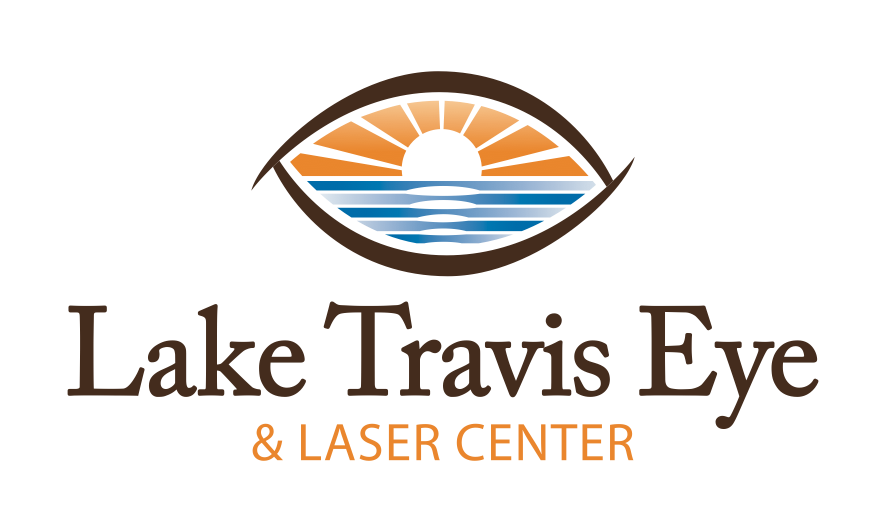
REFRACTIVE ERRORS
IMPACTS UP TO
2 BILLION PEOPLE
Nearsightedness, Farsightedness, and Astigmatism are among the most common eye conditions causing visits to the doctor. These conditions, also known as refractive errors, are so prevalent globally that somewhere between 800 million and 2 billion people have a refractive error. There are numerous ways to improve vision for those with refractive errors, such as glasses, contacts, and LASIK.
Nearsightedness (MYOPIA)
Nearsighted, or myopic, patients have difficulty seeing objects at a distance (television, street signs, etc.). However, extremely close objects can be seen clearly. In a normal eye (emmetropia), light is focused by the cornea and lens, and is focused in a single image on the retina. Myopia is usually due to an abnormally long “eyeball”, which causes light rays to focus in front of the retina. Patients with nearsightedness may experience blurry vision, headaches, and eyestrain.
Farsightedness (HYPEROPIA)
Farsighted, or hyperopic, patients have difficulty focusing on objects that are up close (books). However, objects in the distance are generally seen fairly clearly. In a hyperopic eye, light comes into focus behind the retina. This occurs for one of two reasons: either the corneal focusing power is too weak, or the “eyeball” is too short.
Astigmatism
“Normal” corneas are spherical (or circular) like a basketball or a baseball. An astigmatic cornea is shaped more oblong (one axis curves more than another), like a football. This abnormal corneal curvature causes light to focus on two different points on the back of your eye, and it results in blurry vision for you. You can also experience headaches or eyestrain.
